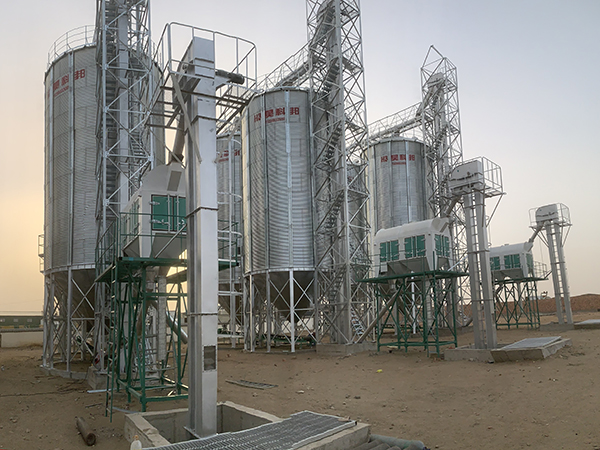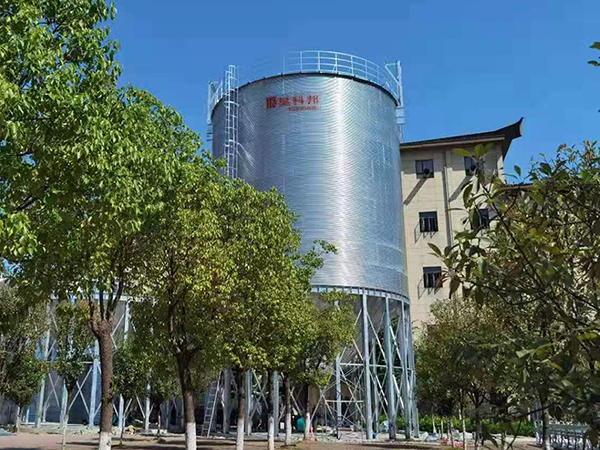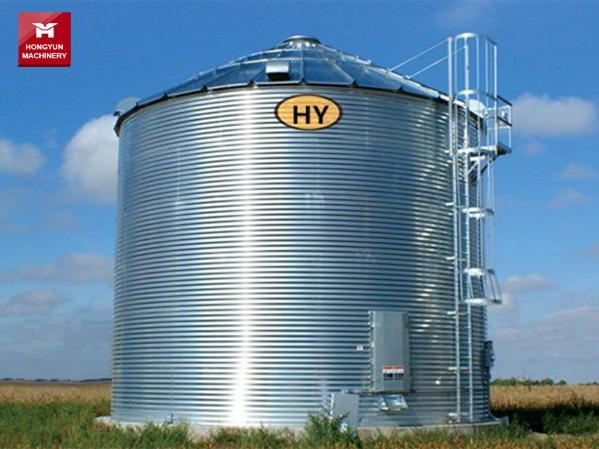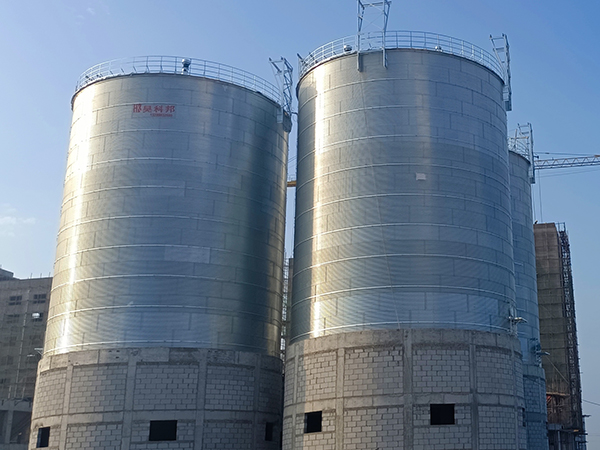small feed silo
small feed silo is a facility used for storing and managing a small quantity of feed. Compared to large-scale feed silos, small-scale feed silos typically have a smaller capacity
small feed silo Introduction
A small feed silo is a facility used for storing and managing a small quantity of feed. Compared to large-scale feed silos, small-scale feed silos typically have a smaller capacity and are suitable for use in small to medium-sized farms or by individual farmers. They can be cylindrical or square in shape, usually constructed from materials such as metal or plastic. The design of small-scale feed silos aims to maintain the freshness and dryness of the feed, preventing it from becoming damp, moldy, or contaminated. They often feature simple sealing and ventilation systems to ensure the quality and nutritional value of the feed. These small silos can be placed in different areas of the farm, allowing farmers to easily store and access feed to meet their farming needs.
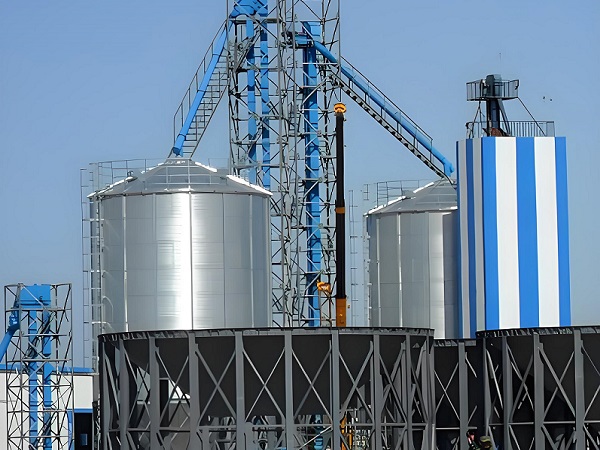
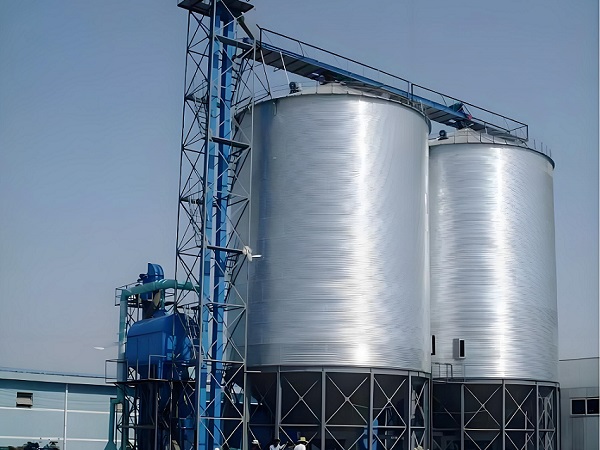
Features of small feed silo
Small Capacity
Small feed silo typically have a smaller storage capacity, suitable for storing a small quantity of feed, and are ideal for small to medium-sized farms or individual farmers.
Simple Structure
These silos usually have a simple structural design, uncomplicated and easy to install and operate.
Strong Adaptability
Due to their relatively small size, small-scale feed silos can be placed in limited spaces, adapting to the needs of different sites.
Maintaining Feed Quality
Designed to maintain the freshness and dryness of the feed, they are usually equipped with simple sealing and ventilation systems to prevent feed from becoming damp, moldy, or contaminated.
Convenient Operation
Small feed silo are easy to operate, allowing farmers to easily store, access, and manage small quantities of feed to meet their daily farming needs.
Low Cost
With their small capacity and simple structure, small-scale feed silos typically have lower manufacturing costs, making them suitable for use by small-scale farms or individual farmers.
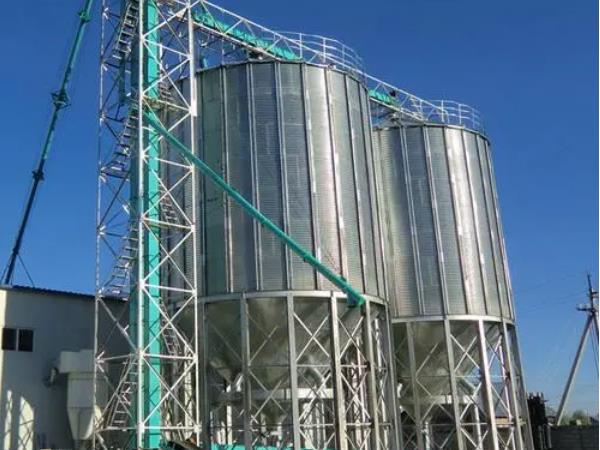
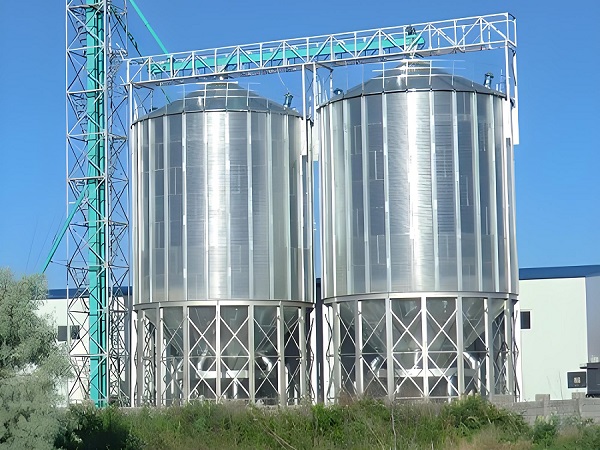
Structure of small feed silo
silo Body
The silo body is the main component of the entire structure, typically cylindrical or square in shape, used for storing feed. It is usually made of materials such as metal or plastic, with a certain level of durability and load-bearing capacity.
Inlet
The inlet is located at the top or side of the silo, used to convey feed into the bin. Feed can be conveniently loaded through the inlet.
Outlet
The outlet is located at the bottom or side of the bin, used to retrieve stored feed from the silo. Feed can be easily accessed through the outlet.
Sealing System
Small feed silo are typically equipped with a sealing system, such as sealing doors or lids, to ensure that the feed inside the bin is not affected by moisture, pests, or other contaminants.
Ventilation System
Some bins may be equipped with a ventilation system to maintain airflow inside the bin, preventing feed from becoming damp or moldy and thus maintaining feed quality.
Support Structure
To support the weight of the bin and ensure its stability, support structures such as pillars or brackets are typically installed around the bin.
Conveyor System
Some small feed silo may be equipped with a conveyor system to transport feed from the storage area to the outlet for more efficient retrieval.
Detection and Monitoring Equipment
To ensure the quality and safety of feed, some small feed bins may be equipped with detection and monitoring equipment such as temperature sensors, humidity sensors, and feed level sensors to monitor the status of the feed and take timely action.
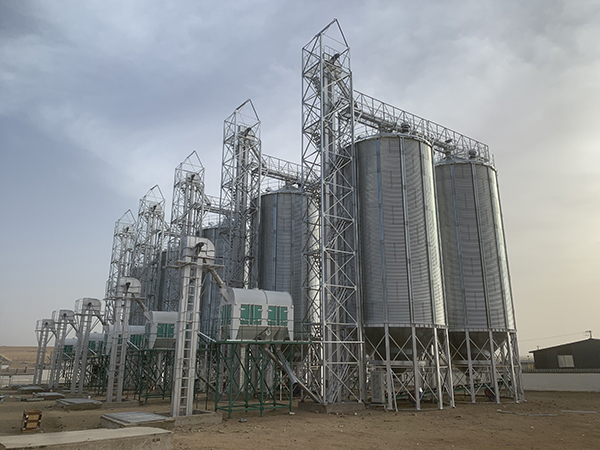
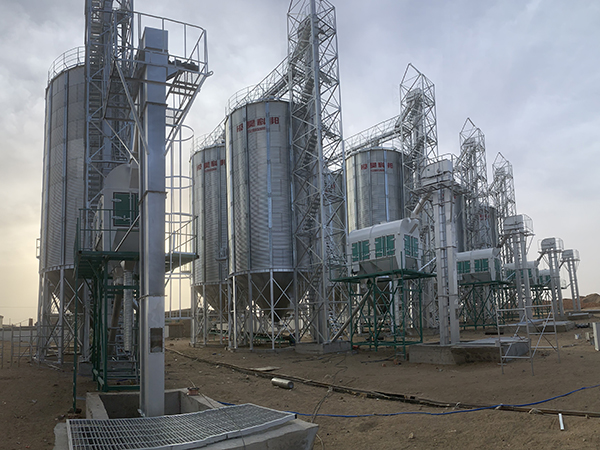
Advantages of small feed silo
Space-saving
Small feed bins are typically compact, suitable for placement in limited spaces, effectively utilizing available areas, making them particularly suitable for small to medium-sized farms or individual breeders.
Flexibility
Due to their small size, small feed silo offer high flexibility, allowing for easy movement or rearrangement according to specific needs, catering to different farm layouts and breeding environments.
Precision feeding
Small feed bins can store appropriate amounts of feed based on feeding requirements, combined with automatic or manual feeding systems, enabling precise feeding of animals, thus enhancing feeding efficiency and animal health.
Preservation of feed quality
Bins are usually equipped with sealing and ventilation systems, effectively protecting feed from moisture, pests, and other contaminants, maintaining its freshness and dryness, thereby ensuring feed quality.
Reduced feed wastage
Small feed bins enable effective control over feed storage and distribution, reducing feed wastage and losses, ultimately saving on breeding costs.
Ease of operation
Simple design of small feed silo facilitates easy installation and operation, allowing breeders to effortlessly store, access, and manage feed, thereby improving work efficiency.
Risk reduction
Through sealing and safety measures, small feed silo mitigate the risk of feed being affected by external environmental factors, minimizing the likelihood of feed spoilage or contamination, ensuring animal health and the stable development of the breeding industry.
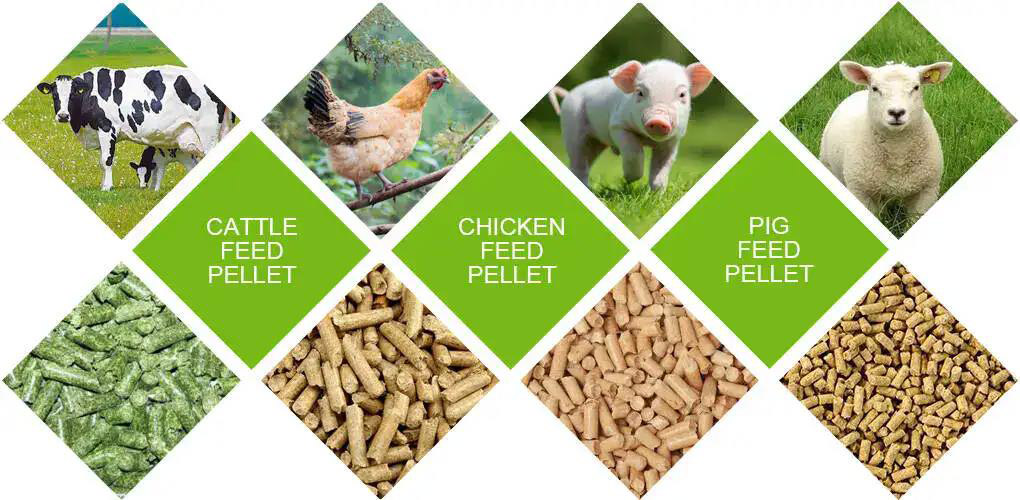
Applications of small feed silo
Backyard Farms
Small feed bins are commonly used in backyard farms or small-scale homesteads where space is limited, and the feed storage requirement is relatively small.
Urban Agriculture
In urban agriculture settings such as rooftop gardens, community gardens, or vertical farms, small feed bins provide a convenient solution for storing feed for small numbers of animals or poultry.
Pet Farms
Small feed bins are suitable for pet farms or small animal breeding operations, where feed storage needs are minimal, such as for rabbits, guinea pigs, or small birds.
Mobile Farms
For mobile or temporary farming setups, such as mobile petting zoos or traveling educational exhibits, small feed bins offer a portable solution for storing feed during transport and display.
Specialty Farms
Specialty farms focusing on niche markets, such as organic farming or specialty breeds, may utilize small feed bins to cater to their specific feed storage needs while maintaining quality standards.
Small feed silo technical parameters
Scientifically speaking, the Silo capacity should be measured with volume (m3). Even in the same grain Silo, the storage tons will be different for different grains with different densities. The following table is calculated based on a Silo density of 0.75kg/m3, and surely HKB customizes Silo systems unique for you.
| Most Popular Hopper Bottom Steel Silo Technical Specifications | ||||||||
| Capacity | 50Ton | 100Ton | 150Ton | 200Ton | 300Ton | 500Ton | 1000Ton | 1500Ton |
| Model | TCZK
03605 |
TCZK
04507 |
TCZK
05507 |
TCZK
06406 |
TCZK
07307 |
TCZK
07313 |
TCZK
11010 |
TCZK
12811 |
| Diameter(m) | 3.667 | 4.584 | 5.500 | 6.417 | 7.334 | 7.334 | 11.000 | 12.834 |
| Total Height(m) | 9.56 | 12.53 | 13.25 | 12.85 | 14.70 | 21.42 | 20.95 | 23.51 |
| Volume(m³)
Density:0.75ton/m³ |
69 | 150 | 222 | 273 | 415 | 699 | 1346 | 2039 |
| Most Popular Flat Bottom Steel Silo Technical Specifications | ||||||||
| Capacity | 1000Ton | 1500Ton | 2000Ton | 2500Ton | 3000Ton | 5000Ton | 8000Ton | 10000Ton |
| Model | TCK
10014 |
TCK
11915 |
TCK
13715 |
TCK
15514 |
TCK
15518 |
TCK
18321 |
TCK
24718 |
TCK
25621 |
| Diameter(m) | 10.084 | 11.918 | 13.750 | 15.584 | 15.584 | 18.334 | 24.751 | 25.668 |
| Total Height(m) | 18.69 | 20.34 | 20.87 | 20.30 | 24.78 | 28.60 | 26.99 | 30.60 |
| Volume(m³)
Density: 0.75ton/m³ |
1335 | 2009 | 2701 | 2467 | 4145 | 6693 | 10879 | 13484 |


